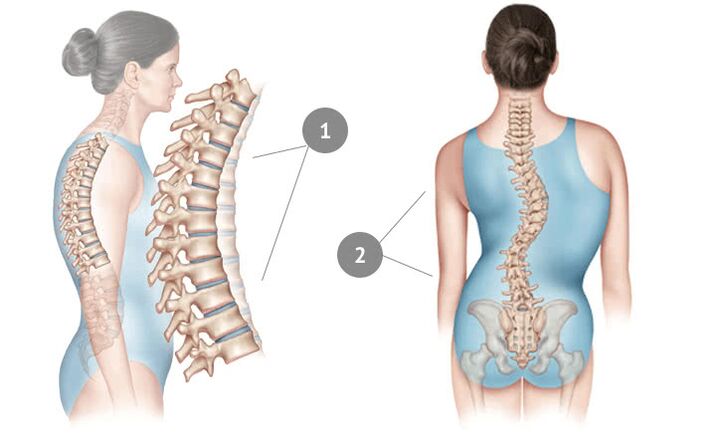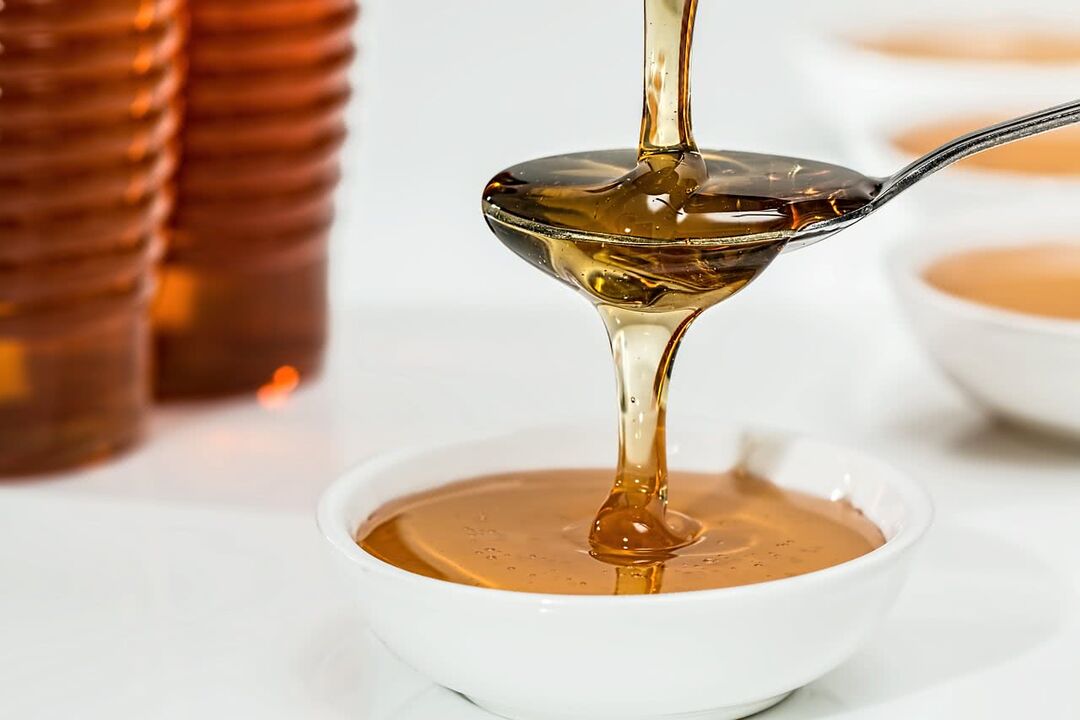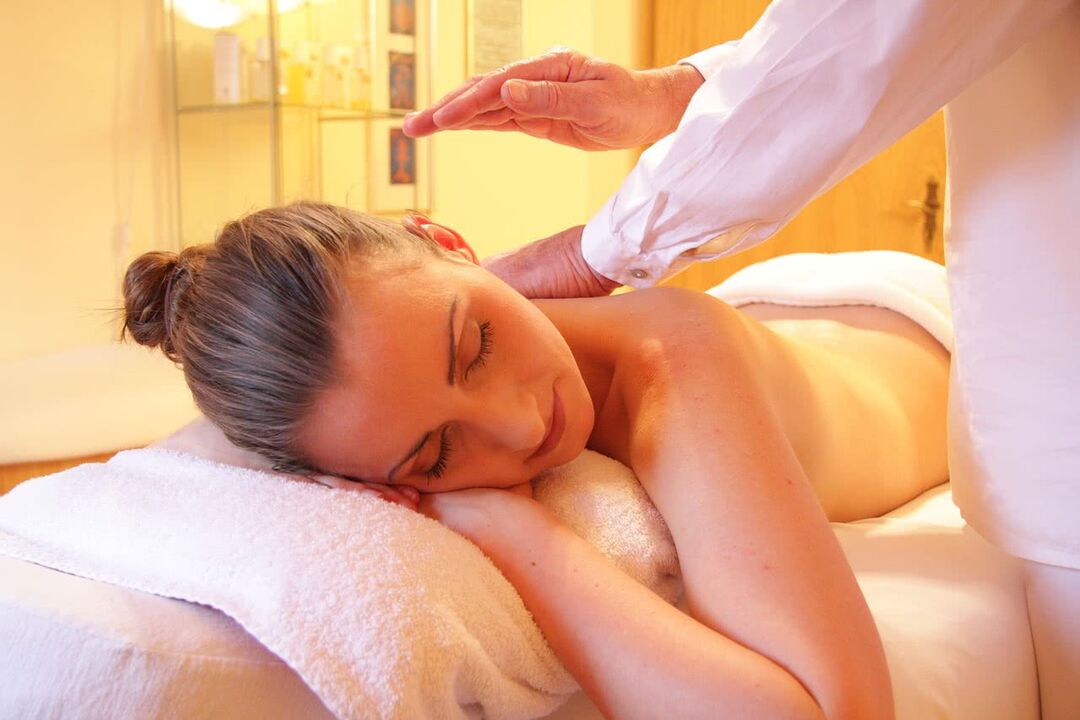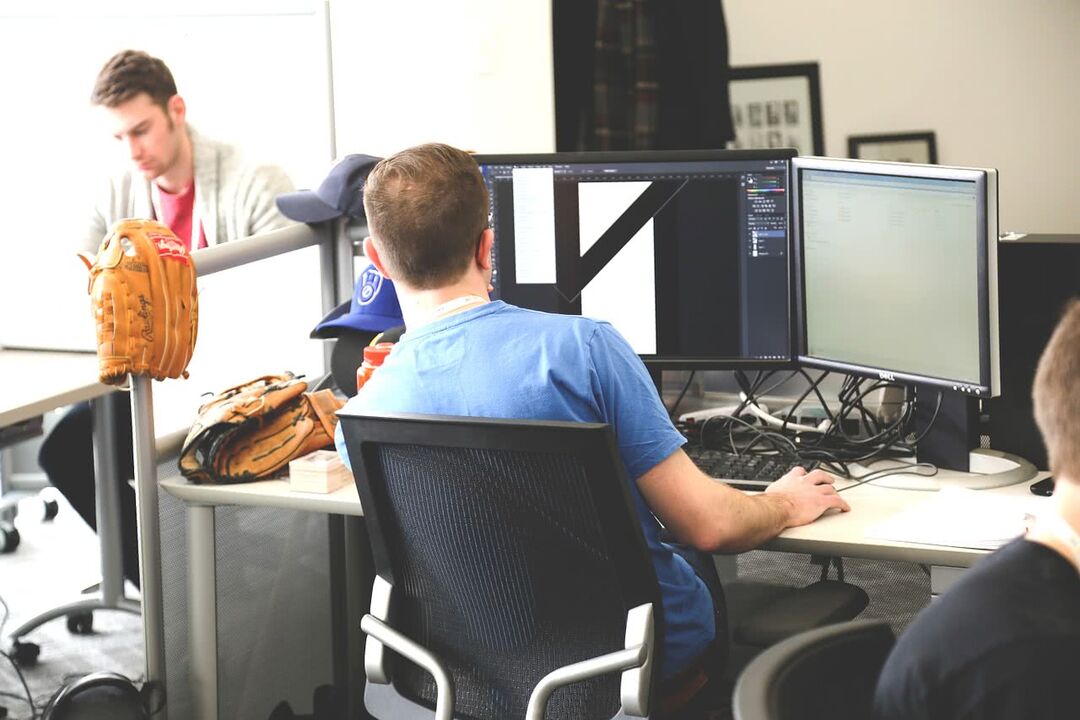Thoracic osteochondrosis is a disease in which the intervertebral discs in the thoracic spine are destroyed. Since this department is the least active, it is less prone to disease.
Thoracic osteochondrosis is characterized by cramps and pain in the chest, under the ribs, shortness of breath, stabbing, cutting, stabbing pain behind the sternum. Symptoms and manifestations of the disease can be similar to those of other diseases.
Symptoms
Back pain is the most common and superficial symptom. Of course, they don't always talk about the development of osteochondrosis in humans. Therefore, you should pay attention to other sensations in the body:
- Uncomfortable sensations and chest pain. When you are sedentary, you often go unnoticed. However, once you start any physical activity that makes breathing faster, you will find that the pain intensifies. The nature of this pain can be called shingles.
- In addition, pain can appear in completely unexpected places - in the area of the heart, abdomen, liver. This is because thoracic osteochondrosis tends to "disguise" itself as a specific disease. For example, many may mistake it for gastritis, ulcers, or angina pectoris.
- If you experience "goose bumps" in the chest area, this, in conjunction with other manifestations, may indicate thoracic osteochondrosis.
- In some cases, there may be a loss of sexual function, for example in male impotence.
Chest pain from osteochondrosis
One of the main signs of this type of pain is shingles. But it is not always possible to recognize this pain from it. This is how it can otherwise feel and characterize:
- most often manifests itself in the dark behind the sternum;
- a feeling that can be described as a "plug in the chest";
- unpleasant sensations in the hypochondrial region, both right and left;
- Feeling as if there is a foreign body behind the breastbone;
- If the lesion only touches the upper part of the chest region, pain in the esophagus and throat may be felt by a person.
Since these symptoms are still very vague and can talk about a number of other diseases, the doctor recommends an additional EKG analysis.
Influence on organs
In the course of development, this disease can negatively affect the internal organs, namely the lungs and heart. The following can be associated with thoracic osteochondrosis:
- Effect on the heart. Mainly it is caused by pinching the nerve roots in the chest area. Ultimately, it is from there that the nerve-heart plexuses go out. It is these plexuses that are involved in regulating the heart. The most important alarm bells here are regular palpitations (extrasystoles), arrhythmia, tachycardia. The effect on the cardiovascular system can therefore manifest itself either in one of these symptoms or in all of them at the same time;
- Effect on the lungs. It most often manifests itself in shortness of breath and at the same time painful sensations.
Why does osteochondrosis occur in the chest?
Despite the fact that osteochondrosis is quite common as a general disease, thoracic osteochondrosis is less common. The prerequisites for the outbreak of this disease can already be found in schoolchildren who are sitting at their desks, forgetting. Because of this, children can develop scoliosis and, at a more mature age, osteochondrosis. Most of the other causes of the development are closely related to scoliosis:
- Violation of posture;
- Metabolic disorders that affect the integrity of the intervertebral discs;
- sedentary lifestyle;
- hereditary reasons;
- Spinal injury;
- static work and prolonged stay in an uncomfortable, twisted position.

How do you treat?
After an accurate diagnosis is made during the tests, the doctor will prescribe special drug treatment. In the case of breast osteochondrosis, depending on the severity of the disease and the features of its manifestation, it can include the following drugs:
- First of all, drugs are prescribed that "eliminate" pain and relieve discomfort. They are known as nonsteroidal anti-inflammatory drugs or glucocorticosteroids.
- To avoid a lack of fluid in the intervertebral disc, papain is used.
- Medicines called "chondroprotectors" are prescribed. With their help, there is a general strengthening of the cartilage tissue.
- Medications can be added to the list to help relieve spasms in the muscles around the spine.
- If the development of an inflammatory process is detected, then special anti-inflammatory therapy is prescribed.
But of course it is impossible to cure with medication alone. Eat a healthy lifestyle and eat right. These measures will be useful not only for the treatment, but also for the prevention of these and many other diseases.
Exercises for chest osteochondrosis
Since sedentary lifestyle is one of the fundamental causes of the development of the disease, exercise plays a major role in this case. In addition, by supplementing drug treatment with exercise, your body will return to normal and stabilize much faster.
There are a number of specific exercises for the chest area. When performing, follow the basic rules: no jerks, act slowly, smoothly, without trying to overload the body. Increasing the amplitude is allowed, but only if you do not feel any pain. What are the most effective physical therapy exercises?
- Lie on your stomach on the floor. Hands - along the body. We bend in the chest area - gently, gently. Raise your arms and head as high as you feel, but try to avoid pain. It is recommended to complete at least 5 approaches.
- For the next exercise we need a chair with a small, sturdy backrest. Sit precisely on a chair. We exhale, bend back on our back as we pull our arms back. Then we return to the starting position. We repeat 10-12 times.
- We stand upright. Hands on the seams, feet together. We take a deep breath and raise our hands. As we exhale, we slowly bend back and lower our arms. We return to the starting position. It is recommended to carry out 7-9 approaches at the same time.
- Stand on all fours on the floor. Slowly bend your back as you inhale and return to the starting position as you exhale. Repeat the exercise 7-10 times.
- We lie on our stomach on the floor. Hands on the seams. Your job is to tear the body off the floor by reaching towards your heels with your head. We pull the whole body, train the chest. The required number of approaches is 7-8.
- We work with the upper part of the chest region. Starting position - hands on the seams, feet shoulder width apart. We work with our shoulders. We pull them together first, then individually. We turn our shoulders forwards - backwards, forwards - backwards. For each task we carry out 10-15 approaches.
- You can also make circular movements with your hands for the upper part of the chest region. Starting position as in the previous exercise. We stretch our arms to the sides, clench our palms into fists. We twist our fists back and forth, then twist the hand back and forth from the elbow, then back and forth with the whole hand. We do each part of the exercise 4-6 times, generally we repeat the exercise 2-4 times.
Exercise morning and evening for at least 15-20 minutes. With a series of exercises for other muscle groups, dilute it by inserting several of the above options.
massage
Massage is also a very good tool in the fight against osteochondrosis. A therapeutic massage takes place here, which is prescribed by a specialist after a detailed examination of the patient. You can do this at home too - here are several ways this can be done.

Honey massage. We need 2-3 tablespoons of honey, preferably not candied, warm. Dip the palms of your hands in honey so that they are covered with a thin layer. We apply in the area behind the sternum and abruptly tear it off, repeating several times, moving the palms of the hands from place to place.
This massage should not be done for too long as it is painful. Enough 10-15 minutes for one session. Then the skin turns red and "burns".

Classic massage. It consists of several steps, including: brushing, kneading, vibrating, rubbing. It is recommended to do a massage with a cream or ointment for osteochondrosis - it can be recommended by your treating specialist.
The duration of this massage should not exceed 20 minutes, and the general course of treatment using this method should not exceed 11-13 sessions. As a preventive measure, kneading is therefore also recommended for the neck, arms, shoulders, buttocks and even legs.
Home treatments
In addition, there are alternative methods of treating breast osteochondrosis. For example, rubbing in is very good, the base of which can also be used for massage. Lilac blossoms, horseradish root, garlic, onions, potatoes, ficus are mostly used as the basis. Honey, vegetable oil, and sometimes colognes or alcohol are added. Everything is thoroughly mixed into a homogeneous mass and the damaged area is rubbed. For example, according to the following recipe, you can prepare rubbing from ficus leaves:
- Ficus leaves in the amount of 6-8 are passed through a grater or cut into small pieces. Put in a container where it is poured with 2 bottles of Triple Cologne. Mix. Grinding should be done in a dark place for 2 weeks. Then it is necessary to use it at least twice a day until heat appears on the skin.

Computer work is one of the leading causes of osteochondrosis. If you spend a lot of time at the computer, it is best to do exercises at least every two hours.
Computer work and osteochondrosis
Performing computer activities on a daily basis without physical activity can result in poor posture. This happens because the person does static work over a long period of time, does not allow the muscles and spine to rest, and does not take a warm-up or pause for breath. In the future, without correcting this problem, osteochondrosis of the chest region may develop.
To prevent this from happening, experts advise using the so-called Office Charging, which was specially developed for those who work most of the time on the computer.
The following exercises, for example, are very good:
- Bend your back, pull your arms up, and throw your head back. Feel a comfortable weight in your back. Perform at least 3-4 times after each hour of work on the computer.
- Make circular rotations with your head. Look left and right, tilt your head back and forth.
- Raise your arms up - to the sides - forward - to the sides. Repeat several times.
- If possible, stand next to your work area and move from foot to foot.
Do not forget to change your position while working on the computer, then you will keep your health, spine and posture for a long time!
Strengthening the back muscles in osteochondrosis
Strengthening the back muscles is a very important part of treating and preventing osteochondrosis. To do this, it is enough to do some physical activity - play sports, go to fitness classes or to the gym. Choose the option that works best for you. Swimming, for example, strengthens the muscles well so that you can not only enjoy it, but also improve your body.





































